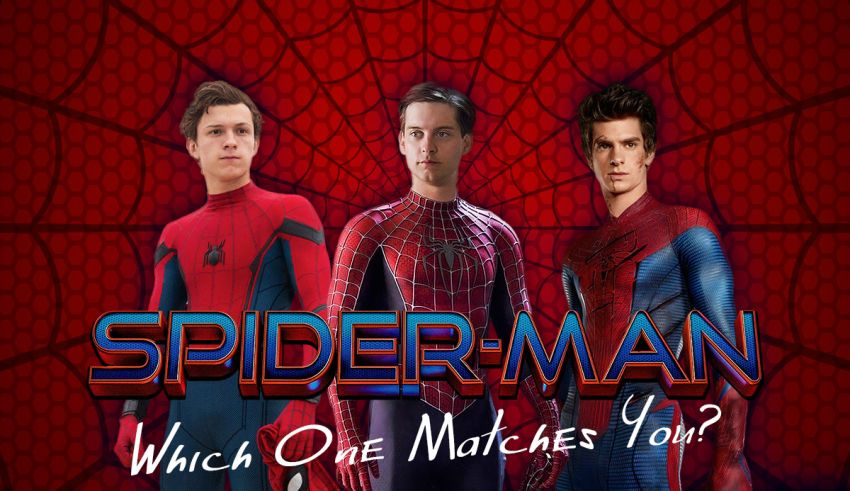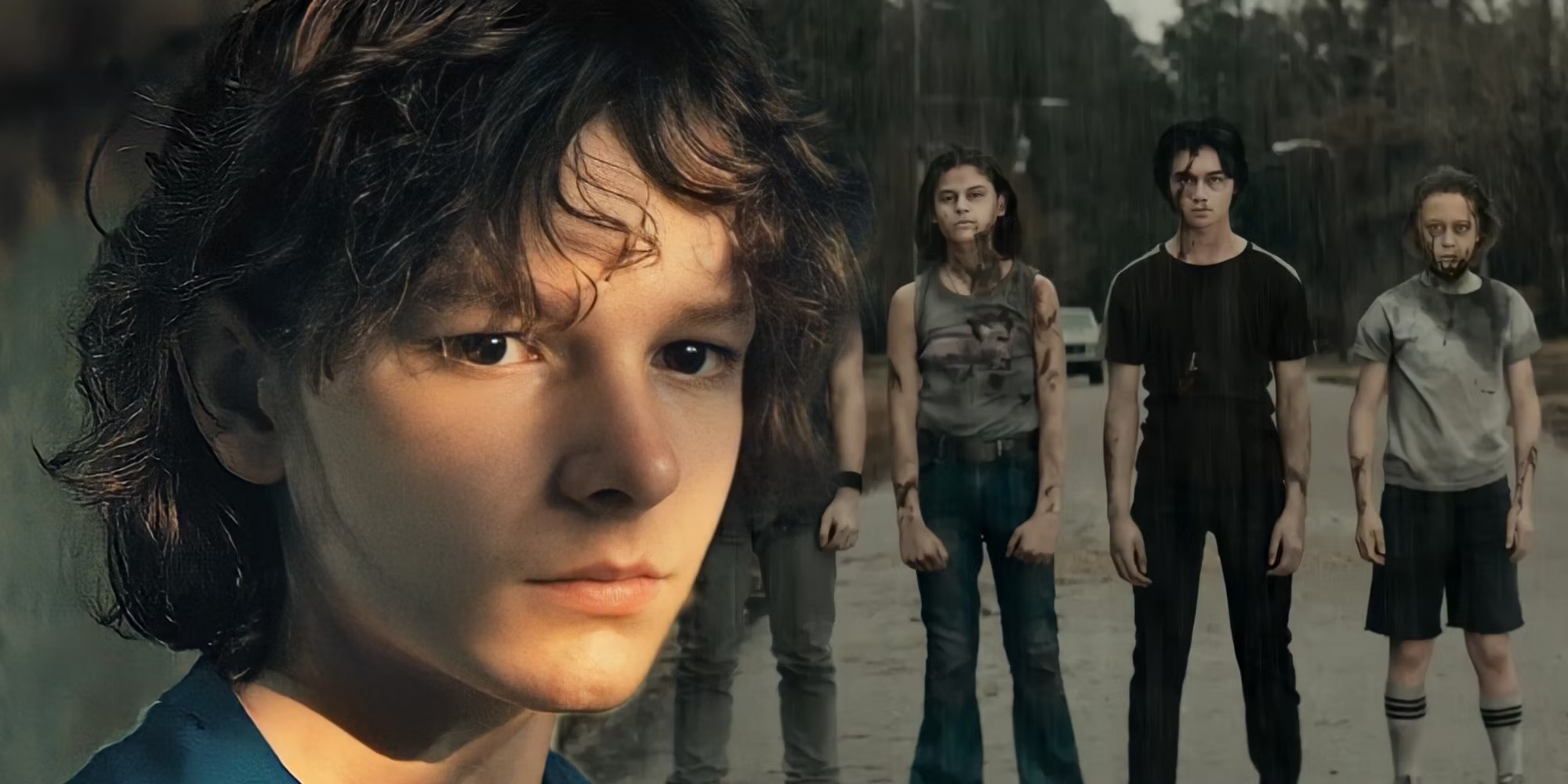Respond to these rapid questions in our Guillermo Del Toros Pinocchio quiz and we will tell you which Guillermo Del Toros Pinocchio character you are. Play it now.
Years before Guillermo del Toro’s name came to be instantly synonymous with macabre wonder, he created expert special effects makeup for Mexican projects. Now that he has a renowned body of work under his belt as a filmmaker, it is still the visible handicraft that sets apart his monstrous creations from those created only as digital confections.
The creatures created by Del Toro are actual physical beings who frequently inhabit Doug Jones’ bodies as seen in “Pan’s Labyrinth” and “The Shape of Water.” They occupy space, respond to light, have intricate textures, and communicate with performers playing human characters. Even so, they adhere to the long-standing cinematic tradition of creating fantastical worlds in front of the camera with creative practicality.
Del Toro’s decision to use stop-motion for his first animated picture was an obvious and ideal one given his lifetime dedication to making the things of his mind become tangible realities. His “Pinocchio” embodies the blending of story and technique into a cogent conceptual unit and is glorious in its tactile construction. This technique capitalizes on the unique character of the human touch one frame at a time for a tale about imperfect fathers and sons.
Although not any less thrilling or disarming, this animated adaptation of Carlo Collodi’s 19th-century story written by del Toro and co-screenwriter Patrick McHale is noticeably more adult in tone than earlier animated versions (creator of the miniseries “Over the Garden Wall”) initially takes the characters to the early 1900s, when Europe is in the midst of the Great War, a few years into the future. Chipper woodworker Geppetto (David Bradley), who the townspeople see to as “a model Italian citizen,” lives in the tranquil countryside with his obedient 10-year-old son Carlo (Gregory Mann), who lives up to all of his father’s standards.
Carlo is taken from Geppetto by a bomb that looks a lot like the one that falls on the orphanage in “The Devil’s Backbone,” shattering his previously idealistic perspective. Sebastian J. Cricket, a pretentious bug who recounts the tragedy and is spoken by the superbly cast Ewan McGregor, is initially solely interested in recounting his accomplishments. Years later, still overcome with grief and with Mussolini in charge, Geppetto creates a puppet out of a pine tree near Carlo’s grave in a drunken fit that has the uncanny quality of a “Frankenstein” film.
But you shouldn’t waste any more time and start this Guillermo Del Toros Pinocchio quiz.
The Wood Sprite (the always appealing Tilda Swinton), a fresh interpretation of the Blue Fairy who resembles an angel as recounted in the Old Testament—think Angel of Death in “Hellboy II: The Golden Army,” awakens Pinocchio (also Mann). This winged figure and the seductive chimera that later in the narrative stands in for Death (also Swinton) serve as examples of del Toro’s fascination with the supernatural forces that shape mortals’ paths on earth and his own unique view of the afterlife, which differs from that of contemporary Christianity.
Sebastian is given Pinocchio’s moral instruction in exchange for a wish from the fantastical do-gooder, who explains that in this world, you only get what you give. “I try my best, and that’s the best anyone can do,” the cricket responds. These are among the many snappy refrains that Del Toro and McHale use to avoid reiterating fairytale clichés predicated on improbable rectitude. Instead, they promote the wisdom of accepting responsibility for previous transgressions because our life are composed of both failures and successes. It takes painstakingly produced cinematic puppetry to create the appearance of stop-motion animation in between the frames that remind us of what we are seeing.
Del Toro and co-director Mark Gustafson, who honed his skills with Claymation master Will Vinton, used figures with mechanical visages that require careful manipulation from the animators for a slightly less immaculate result in movement, but one that makes the hand of the artists known. This is in contrast to the face replacement technology that some studios, like Laika, employ to achieve nuance in the performances of the stop-motion puppets.
Guillermo Del Toros Pinocchio Quiz
One cannot not but be in awe of the exquisite care that has gone into creating the characters that populate this darkly whimsical world. Geppetto’s features, including every hair on his head, every crevice in his aged hands, and the fabric of his clothing, are all unique, minute works of brilliance. Without clothing, with the natural flaws of genuine wood, and with a mischievously cute face and an explosive haircut, Pinocchio’s design has a primal vibe to it. Perhaps ever, this portrayal of the character on television is the most accurate. The picture finds its soul in the astounding devotion of those in charge of the production design, the costumes, and the creation of the huge and little sets.
Also, you will find out which character are you in this Guillermo Del Toros Pinocchio quiz.
Even so, despite Pinocchio’s innocence (he sings about every object he sees early on as an amazing discovery), he has an abrasive side to him that accurately mirrors the less desirable traits of children’s conduct. Given that Catholic churchgoers consider it to be sorcery, Geppetto is not only slow to accept his new child, but he also intends to shape him into the person that Carlo was.
However, Pinocchio, who was born without the human condition’s habitations, merely complies with the standards in order to get his father’s approval. Del Toro is nothing if not a kind advocate for those who are misunderstood because of their looks, country of origin, or point of view. And in this wooden youngster, he discovers a living, breathing metaphor for the unstoppable force of nature, chance, and the unforeseen elements that can enrich our days even when they don’t exactly go as planned.
Personal connections are used to examine fascism, a perilous philosophy that demands obedient submission while demeaning individuality. All the fathers in “Pinocchio” participate in its perverse dynamic of control by refusing to accept their sons for who they are rather than who they wish them to be: Podesta (Ron Perlman), a government official who raises his child, Candlewick (Finn Wolfhard), with strict discipline; the evil puppeteer Count Volpe (Christoph Waltz) and his mistreatment of his baboon sidekick Spazzatura (Cate Blanchett
About the quiz
Similar servitude is sought by organized religion, which uses one’s transgressions as evidence of our unworthiness and justification for adhering to its precepts. The picture of an unblemished god, a wooden Jesus on the cross, looks down on its wicked flock.
Also, you must try to play this Guillermo Del Toros Pinocchio quiz.
Despite its criticism of Catholicism, del Toro and Gustafson’s “Pinocchio” is still a powerfully moving spiritual journey. Its focus on the tangible, in what we can see and feel, in the present moment—defects all—speaks to the idea that our fleeting existence isn’t measured in perfect deeds but rather in the priceless glimpses of the divine we carve from the rubble left behind by individual and societal tragedies. We refuel our desire to continue despite the sorrow that comes with our limitations as flesh and blood.
A lesson on why mortality is both a curse and a blessing is eventually imparted to Pinocchio, who is temporarily incapable of dying, in this beautifully constructed story. Swinton brings the Wood Sprite and Death to life, while Mann provides the voices for Carlo and Pinocchio, indicating a clear dualism concerning what was but is no more, and what wasn’t but now exists. Two sides of the same coin serve as a reminder that loving is a hardship worth bearing, living is an ordeal worth dying for, and that we can find pockets of happiness with people who think and act like us in the cracks of all that we believe to be misfits.
Sebastian casts a tenderly life-affirming spell with the screenplay’s understatedly beautiful closing sentence, stating that even the creators of this work will pass away at some point; only their stories will live. This statement relates to the entire work.
“Pinocchio,” a wondrously moving masterpiece, becomes del Toro’s magnum opus and harnesses his interests and ideals that have long been evident in his work but are spun with a dazzling new seriousness. Even if that description is accurate, it may go against its grain to call del Toro’s “Pinocchio” a flawless masterpiece, but if there is any magic to the process of making movies, this is one of its most powerful spells.
As of right now, in limited distribution, and starting on Friday, December 9th, on Netflix.
For more personality quizzes check this: Which Overwatch Character Are You.



